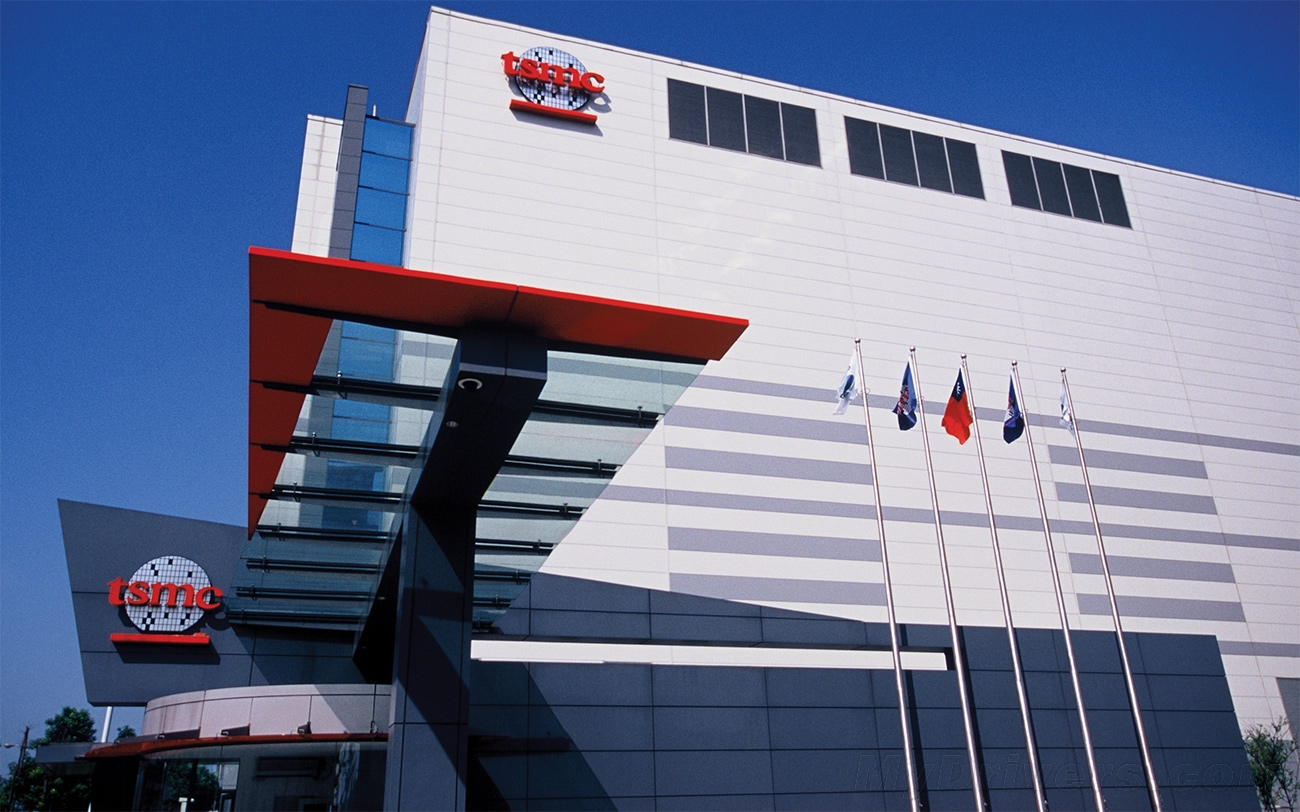EHang Intelligent Technology(EH)’s stock rose by 4.86% at today’s close, fueled by China’s recent emphasis on the development of the low-altitude economy. On April 7th, the Civil Aviation Administration of China’s Central and Southern Region issued the world’s first production license for an unmanned aerial vehicle capable of carrying passengers to Guangzhou EHang Intelligent Technology Holdings Limited.
According to China’s “Opinions on Deepening the Reform of Low-Altitude Airspace Management,” the “low-altitude” refers to the airspace with a vertical distance of less than 1000 meters from the ground, which can extend to 4000 meters depending on regional characteristics and actual needs. The “low-altitude economy” relies on the low-altitude airspace and is centered around the general aviation industry, involving various sectors such as low-altitude flight, aviation tourism, feeder transportation, general aviation services, and research and education. The Guangdong-Hong Kong-Macao Greater Bay Area Digital Economy Research Institute (IDEA) recently released a white paper on the low-altitude economy, indicating that by 2025, the comprehensive contribution of the low-altitude economy to China’s national economy could reach 3 trillion to 5 trillion yuan.
In recent years, China’s decision-makers have intensified their efforts to develop the low-altitude economy. In February 2021, the low-altitude economy was incorporated into the “National Comprehensive Three-Dimensional Transportation Network Plan Outline.” Both the Central Economic Work Conference last year and this year’s Government Work Report viewed the low-altitude economy as a new engine for growth and a strategic emerging industry. On March 27th, the Ministry of Industry and Information Technology and four other departments jointly issued the “Implementation Plan for Innovation and Application of General Aviation Equipment (2024-2030).”
The low-altitude economy is becoming a “new track.” Taking unmanned aerial vehicles as an example, China’s civil unmanned aerial vehicle industry exceeded 120 billion yuan in scale in 2023, ranking first globally. New energy aircraft have become an important leverage for China to surpass in the field of the low-altitude economy, and the market expects to replicate the success achieved in the new energy vehicle sector.
To replicate the success of new energy vehicles, the core essence can be summarized in one sentence: the best support is respect for the market and respect for enterprises. China’s new energy vehicle industry has emerged through full market competition. Major new and old forces in the automotive industry have optimized and integrated dispersed knowledge in the market through full market competition, thus establishing China’s competitiveness in this industry.
In fact, this is a general paradigm of China’s manufacturing/creation of comparative advantages. For example, the earliest white and black home appliance industries have produced giants such as Midea, Haier, and Gree through openness and full market competition; similarly, in the field of electronic communications, Huawei, Xiaomi, OPPO, and vivo have emerged through the order of full market competition.
This is because an open system based on full market competition allows Chinese entrepreneurs to allocate and integrate dispersed knowledge more widely in the market, and the completely open market greatly reduces the distortion of resource prices caused by non-market barriers, reducing the resource allocation cost of the market. At the same time, the government, based on the principle of “letting the market decide,” fully respects the autonomy and choice of enterprises.
Therefore, whether it is the success of China’s economic reforms since the reform and opening up or the global competitiveness accumulated recently in areas such as new energy vehicles, it is evident from vivid facts that the best support from the government is respect for the market and respect for enterprises, creating a diverse market competition order and doing well in public services based on the awareness of preventing public externalities. Obviously, this is the most basic and core guarantee for promoting the healthy development of new energy aircraft and the low-altitude economy in China.
Of course, nurturing the low-altitude economy as a new growth point for China’s economy in the future also requires a series of policy reforms and support.
Starting from January 1, 2024, the “Interim Regulations on the Management of Unmanned Aerial Vehicle Flights” will be implemented, providing strong support for the low-altitude economy.
Moreover, the Civil Aviation Administration of China recently announced that it will improve the policy regulations and standard management system for general airports and support localities in accelerating the construction of general airports and temporary takeoff and landing points, guiding and supporting transportation airports to carry out general aviation business, and deepening and expanding the development of aviation medical rescue, unmanned aerial vehicle logistics, emergency rescue, emerging consumption, and other formats. Support the establishment of several low-altitude economic development demonstration zones based on civil unmanned aerial vehicle test areas (bases).
It is also important to note that the development of the low-altitude economy carries the important mission of orderly developing urban low-altitude resources, gradually shifting human and material flows from the ground to the ground-air three-dimensional layout. This means that safety is a necessary prerequisite for promoting commercialization because once serious safety accidents occur, they will cast a shadow over the nascent low-altitude economy.
In conclusion, nurturing the low-altitude economy, the best support is respect for the market and respect for enterprises. Only by revering can we focus on better leveraging the role of the government, enabling the market to play a decisive role in resource allocation, and only by respecting the autonomy and choices of enterprises can we fully stimulate entrepreneurial spirit in the low-altitude economy.









